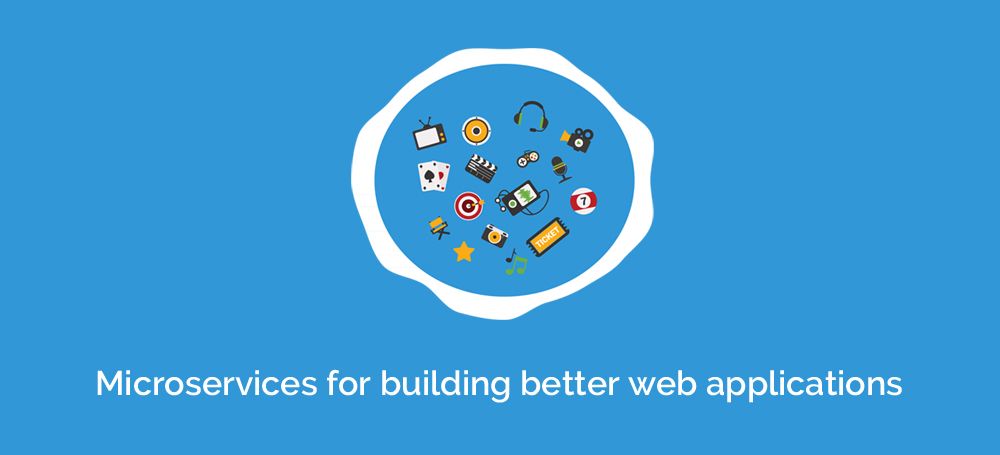
Subscribe to our Blog
We're committed to your privacy. SayOne uses the information you provide to us to contact you about our relevant content, products, and services. check out our privacy policy.

Jibu JamesApril 13, 20174 min read

Generating table of contents...
Microservices is a relatively new term in the world of software engineering. The microservice architectural style lets us develop a single application as an aggregation of small services. Each independent service will be lightweight mechanisms working on a specific scope, often with the support of an HTTP resource API. One desirable feature of microservice is that each service will be a unit of software that is independently replaceable and upgradeable.
Although software development is moving in the direction modularity, it will come up with its margin of complications.
The communication between microservices should be carefully handled. The requests traveling between modules should not be broken. Faulty communication between modules will cause inconsistent output.
To mitigate this risk, implementing a circuit breaker in a microservices architecture is essential. The circuit breaker pattern acts as a fail-safe mechanism by monitoring communication between services. If a service fails or experiences latency, the circuit breaker “trips,” halting requests to the failing service and preventing further issues. This helps avoid cascading failures and allows the system to degrade gracefully. Once the service is restored, the circuit breaker resets, ensuring smooth communication between microservices. By doing so, the architecture becomes more resilient to failure, maintaining consistent output even under heavy load or in the event of service disruptions.
Read our blog : Top 5 Factors contributing to the Success of a Web Application
Management of multiple databases can be painful with microservices.
Finding out bugs can be cumbersome. Since the application is an aggregation of small services, finding the origin of the bug will be difficult. Reproduction of an issue will prove to really hectic.
One worth serious consideration for enterprise applications is microservice. A simple and straightforward application can use monolithic architecture but it will become a maintenance nightmare if used for a larger/enterprise applications. Despite drawbacks and implementations challenges, the microservices architecture is superior for complex and evolving applications. The exertion of MicroServices by giants like NetFlix, Amazon, eBay, and others, provides enough mettle that this architectural style is here to stay.
One critical aspect of microservices architecture is microservices communication. In a microservices environment, various services must interact seamlessly to function effectively. This communication can be synchronous, using protocols like HTTP/REST or gRPC, or asynchronous, leveraging message brokers such as RabbitMQ or Kafka. By implementing efficient communication strategies, organizations can enhance the reliability and scalability of their applications.
SayOne Tech, a technology company with offices in India and the USA, has proven expertise and experience in employing emerging technologies to deliver world-class, secure, scalable, and reliable solutions. The tech company strongly believes in empowering their clients to adapt to constantly changing business environments quickly and achieve their goals. The core values that SayOne is c passionate about are integrity, commitment, and transparency.

We're committed to your privacy. SayOne uses the information you provide to us to contact you about our relevant content, products, and services. check out our privacy policy.

About Author
Jibu James is the Team Lead at SayOne Technologies. He is passionate about all things related to reading and writing. Check out his website or say Hi on LinkedIn.

We collaborate with visionary leaders on projects that focus on quality